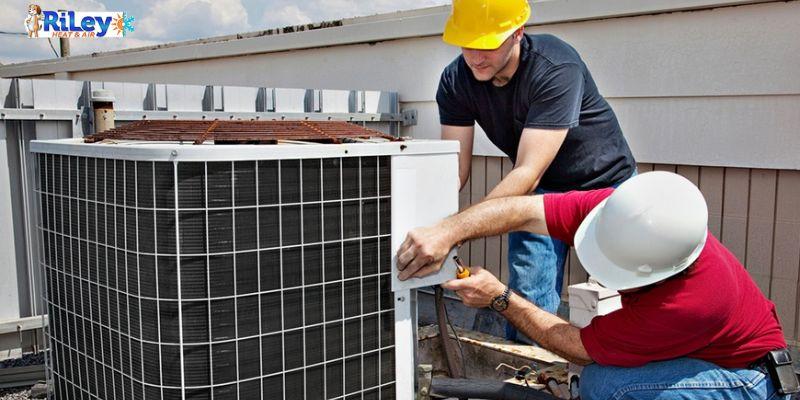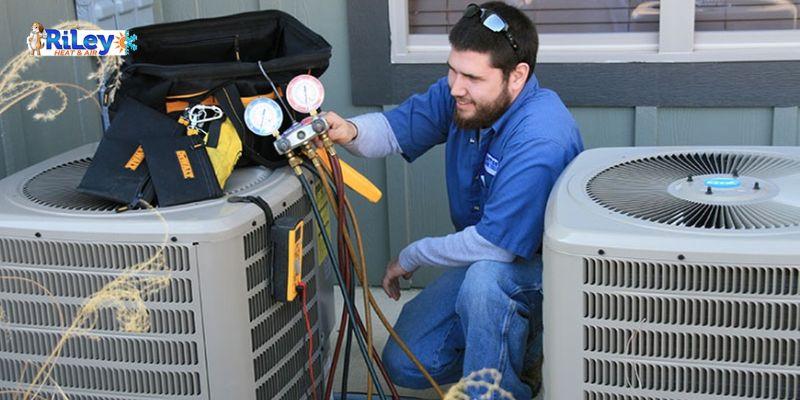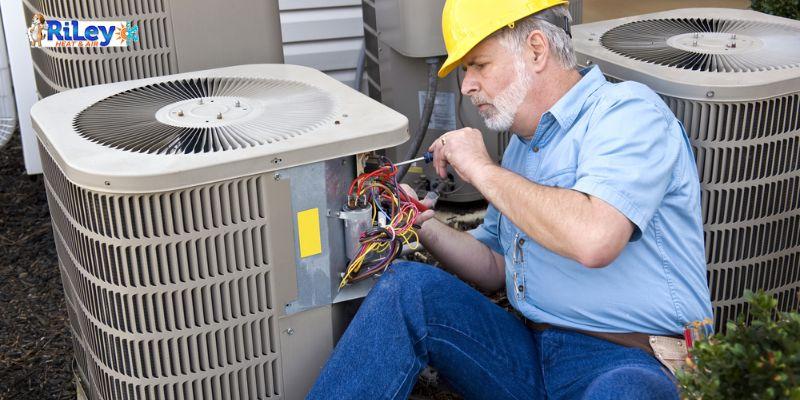
Understanding the Different Types of Furnaces
When it comes to home heating, your furnace does it best because it has low noise, compatibility, high efficiency, and a long lifespan. Heating installations are flexible enough to fit a home. However, if you have a furnace that has served you for many years, it will become old and cause an increase in your heating and cooling bill, especially during a cold winter season. Furnaces are otherwise known as forced air systems, and it is relevant for you to learn about their different types.
Furnace systems create warm air and take core participation in your home's cooling performance. They can use heating oil, natural gas, electricity, or propane for adequate home heating. Most homeowners keep their forced air systems in crawl spaces, basements, closets, and attics. Furnaces have various advantages depending on their types, and by understanding each, it will be easy for you to install the right one that will stand the test of time. This guide will help you understand the different types of furnaces.
What Is a furnace?

A furnace service or a forced air system is a heating system that operates depending on the heat transfer rate in the thermostat and the type of furnace that creates warm air in your home. When comparing different furnaces, begin by determining the type of furnace that suits your home. Your furnace can rely on the rate of power sources at bay, depending on your money.
What Are the Common Types of Furnaces

There are many furnaces, but four main ones, including Electric, natural gas, propane, and oil, are more popular. While an electric furnace easily warms the air using emitted heated chemicals, other types of furnaces characteristically utilize chambers or heat exchangers to warm the indoor environment.
1. Electric Furnaces
Most homeowners opt for Electric furnaces because they are the most affordable. Some electric furnace units are budget-friendly, up to half the original amount of a gas furnace. You can easily install them in your home, and they are durable for about ten years or longer, depending on proper maintenance. However, you will spend more on your monthly electricity bills as they cost more than gas.
2. Natural Gas
Natural gas is less affordable than electric furnaces, but they are more economical. The old gas furnace models are calculated to have about 65% functional average, while the recent gas furnace models have up to 98% efficiency. Most Americans use natural gas to heat their homes. This means nearly every homeowner is warming their space with this energy source.
3. Propane Furnaces
Propane is an additional product of oil and gas manufacturing. You can easily preserve them in tanks, and nearly 10% of Americans utilize them from time to time. You can use a propane furnace to heat your home if you cannot access oil and gas options in your region.
4. Oil Furnaces
You can easily find oil furnaces in the northeastern US. Compared with gas furnaces, they are less efficient, up to 90%. However, they have a lesser upfront amount than natural gasses. If you are getting natural gas furnaces, you might spend an additional 25% on your purchase and end up with a higher energy bill at the end of the month.
What Are the Significant Differences between Furnace Types?
Furnaces operate differently depending on their type. It would be best if you understood the significant differences, and the first one is that they operate by producing their heat. While some generate heat in a single phase to produce enough warmth, others use a dual phase to produce so much heat and even manage the amount of heat they generate.
The Second significant difference in furnaces types is how the blowers perform functions during heating operations. The blower is responsible for generating heat in your home. Also, some furnace types can use the blowers at the best velocity all the time, while other furnaces run blowers at different velocities. The difference in operation between each furnace type can affect convenience and furnace efficiency.
Which Is the Most Relevant Stage Between a Dual and Single Furnace Type?
It would help if you understood that old-modeled furnaces are classified as single-stage products. Therefore, they produce heat at optimum rates every time you run them. The furnace will be less expensive because of the heat generating level. You can consider them because of these characteristics. On the other hand, two-phase furnaces are highly efficient as they can run using Annual Fuel Utilization Efficiency, or AFUE, at more than a 95% efficiency rate. Single-stage furnaces run with 80's AFUE rates.
Since single-phase and dual-phase operate differently, they have major effects when heating the home. While single-phase heats the home for a while and shuts off after some time, dual-stage furnaces run at the highest energy source to heat the home during winter seasons. They keep warming the home without shutting off like single-stage furnaces. Instead, they reduce their heat to lesser heat output rates and run moderately within dual thermostats or single settings.
Since dual-stage units run between low and high heat rates, they are more efficient and convenient than single-phase furnaces. Unlike single-stage models, they can keep your indoor space in soft comfort. They even have various speed blowers that show they are modern unit models. Dual-stage furnaces are more expensive but more cost-effective, making them better than older units. If you are considering a suitable investment for your furnace, double-stage furnaces have a longer lifespan, and you should consider purchasing this type of unit.
Conclusion
Once you are ready to purchase a new furnace system to replace an old one, you can take your time and understand the different types of furnaces before making a selection. It will be old-fashioned for you to buy the same furnace you are replacing when there are furnaces that can improve optimum performance and make your home more comfortable.
COMMENTS
LEAVE A COMMENT







The post on Understanding the Different Types of Furnaces was incredibly informative. Before reading the article, I was unaware of the different types of furnaces available on the market and their unique features. The post provided a detailed overview of the various furnaces, including their pros and cons, making choosing the right furnace for my home easier. Thank you for providing such valuable information on your blog.